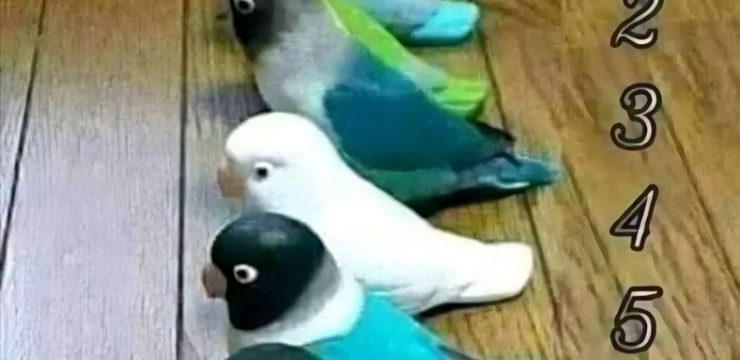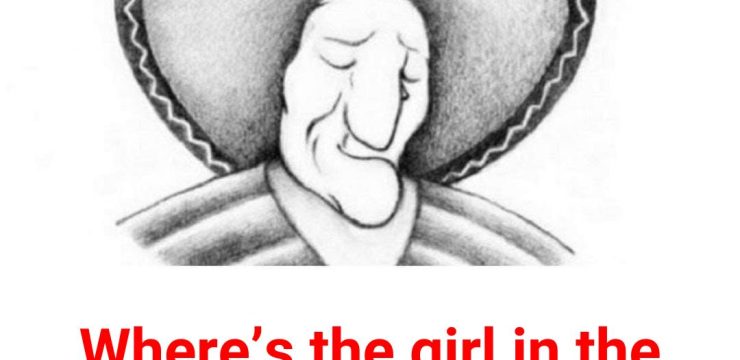Ever wondered how some problems from the past continue to baffle even the brightest minds today? Here’s a classic IQ test question from 1984 that has left many scratching their heads. Let’s dive in and see if you can solve this seemingly impossible problem.

H1: The Horse Trading Problem Explained
H2: Understanding the Transactions
Let’s break down the transactions step-by-step. The man buys a horse for $60, sells it for $70, buys it back for $80, and sells it again for $90. At first glance, it might seem confusing, but each transaction needs to be considered separately.
H3: First Transaction
- The man buys the horse for $60.
- He sells the horse for $70.
H4: Calculation of Profit
- Purchase: -$60
- Sale: +$70
- Profit from first transaction: $10
H3: Second Transaction
- The man buys the horse back for $80.
- He sells the horse again for $90.
H4: Calculation of Profit
- Purchase: -$80
- Sale: +$90
- Profit from second transaction: $10
H2: Total Profit
Now, let’s add up the profits from both transactions:
- First transaction profit: $10
- Second transaction profit: $10
- Total profit: $20
H2: Common Misconceptions
Many people approach this problem differently and end up with incorrect answers. Let’s explore some common misconceptions.
H3: Confusing Total Transactions with Net Profit
Some might incorrectly think that buying and selling the horse multiple times complicates the net profit calculation, but it’s crucial to view each transaction independently.
H3: Overlooking Individual Transaction Profits
Others might overlook the profit made in each step and instead try to combine all transactions into a single equation, which leads to confusion.
H2: Breaking Down the Steps
Understanding this problem requires careful attention to each step. Let’s break it down further to ensure clarity.
H3: Step-by-Step Analysis
- Buy for $60 and sell for $70: Profit = $10
- Buy back for $80 and sell for $90: Profit = $10
H4: Combining Profits
Adding these individual profits:
- $10 + $10 = $20
H2: Visualizing the Problem
Sometimes, visual aids can help understand complex problems. Imagine two separate timelines for each transaction. This way, it’s easier to see the profits stacking up.
H3: First Timeline
- Starts at -$60
- Ends at +$10 (profit from $70 sale)
H3: Second Timeline
- Starts at -$80
- Ends at +$10 (profit from $90 sale)
H2: Historical Context of IQ Tests
IQ tests have been used for decades to measure intelligence. This particular problem from 1984 is a great example of how such tests can challenge our understanding and problem-solving skills.
H3: Evolution of IQ Test Problems
Over the years, IQ test problems have evolved to include a variety of challenges, from mathematical puzzles to logical reasoning questions.
H4: Why This Problem Stands Out
This horse trading problem stands out due to its simplicity on the surface, yet it requires a careful and methodical approach to solve correctly.
Conclusion
Solving historical IQ test problems like this horse trading riddle can be a fun and enlightening exercise. It teaches us the importance of breaking down complex problems into manageable parts. Did you approach the problem differently? Share your thoughts in the comments and challenge your friends with this classic puzzle!
By understanding each transaction separately and avoiding common misconceptions, you can see that the man made a total profit of $20. Sometimes, the simplest problems require the most precise thinking. So, next time you come across a tricky puzzle, remember to take it step by step. Happy puzzling.





